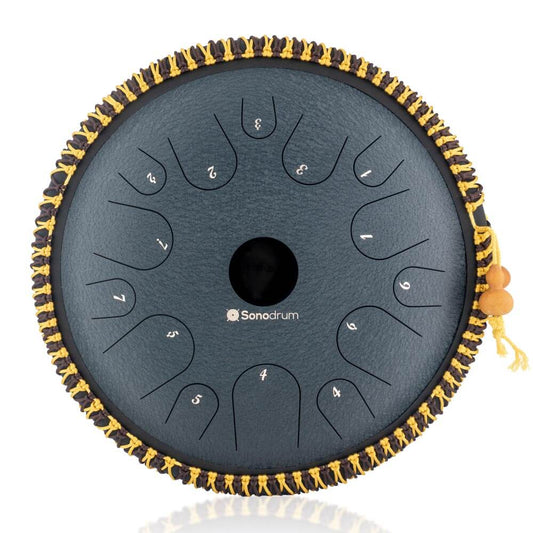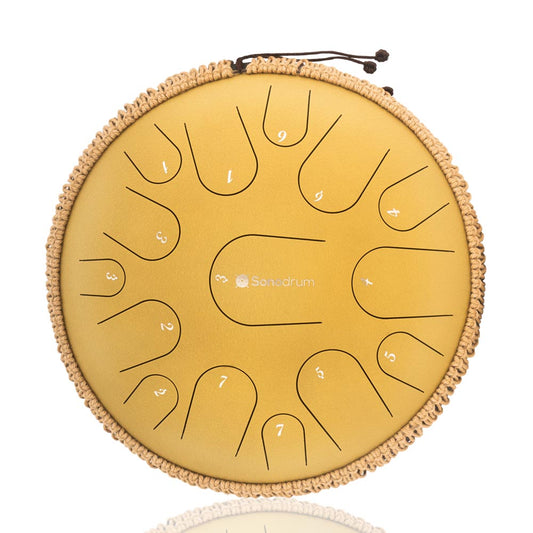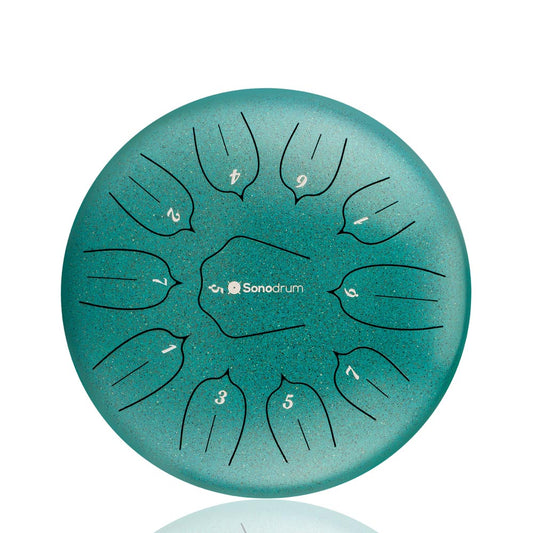Tuning your Kalimba is one of the most important aspects of ensuring that it produces beautiful, resonant sounds. Whether you’re a beginner or an experienced player, knowing how to properly tune your Kalimba is essential for creating the perfect musical experience. In this step-by-step guide, we’ll walk you through the process of tuning your Kalimba so you can play with confidence and precision.
Understanding the Basics of Kalimba Tuning
The Kalimba works by plucking metal tines, each of which is tuned to a specific note. The tuning is typically done by adjusting the length of each tine – shorter tines produce higher pitches, while longer tines produce lower pitches. Depending on the Kalimba model, you can tune it to different scales, such as the standard diatonic (C major) scale or a pentatonic scale.
Why Tuning is Important for Your Kalimba
Proper tuning ensures that each note you play is in harmony with the others, creating a soothing, balanced sound. An out-of-tune Kalimba can cause the music to sound off, which can be frustrating for both beginners and experienced players. Regularly tuning your Kalimba is essential for keeping it sounding its best, as changes in temperature and humidity can naturally affect the pitch of the tines.
What You’ll Need to Tune Your Kalimba
Before you start tuning, you’ll need a few tools and items:
- A Tuning Hammer or Tuning Tool: This small, precision tool allows you to adjust the tines of your Kalimba.
- A Tuner: You can use a clip-on tuner, a smartphone app, or a tuning fork to help you identify the correct pitch for each tine.
- A Calm Environment: A quiet space will help you focus and clearly hear the adjustments you’re making.
Step-by-Step Guide to Tuning Your Kalimba
Now that you have everything you need, follow these simple steps to tune your Kalimba.
Step 1 – Identify the Notes of Your Kalimba
First, make sure you know what scale your Kalimba is tuned to. The most common tunings are C major, G major, and pentatonic scales. You can refer to the manual or chart that came with your instrument, or if you’re unsure, use an online tuner or app to help identify the pitch of each tine.
Step 2 – Use the Tuning Hammer to Adjust the Tines
Using the tuning hammer, gently tap the end of the tine to raise the pitch or tap the middle to lower the pitch. Make small adjustments at first, as tuning tines too much at once can cause them to break or lose their tone. If you're unsure of the correct pitch, use your tuner to check each note as you adjust.
Step 3 – Fine-Tune the Tines
Once the general pitch is correct, use your tuner to fine-tune each note. Go over each tine carefully, checking that all notes are within the correct range. Be patient, as this can take time, especially if you're tuning a larger Kalimba with many tines.
Step 4 – Test and Adjust
After tuning all of the tines, play your Kalimba to make sure it sounds well-balanced. If any note sounds off, repeat the tuning process for that specific tine. If you’re playing in a group, you can tune the Kalimba alongside other instruments to ensure it blends well with the overall sound.
Maintaining Your Kalimba’s Tune
Since Kalimbas are made from wood and metal, changes in humidity and temperature can affect their tuning over time. Here are some tips to keep your Kalimba sounding great:
- Store it in a cool, dry place: Avoid exposing your Kalimba to extreme heat or humidity, as this can warp the wood and affect the tuning.
- Tune regularly: As you play, check the tuning to ensure that it stays in tune. Small adjustments over time can help maintain the sound.
- Avoid over-tightening: When tuning, don’t force the tines too far, as this can damage them. A gentle touch is key.
Where to Find a High-Quality Kalimba
If you’re looking to purchase a Kalimba, consider browsing the selection at Sonodrum. They offer a variety of high-quality Kalimbas to suit different musical needs and playing styles.
You can also find more tuning tools and accessories to help maintain your instrument at their online store, so you can keep your Kalimba in perfect playing condition.
Final Thoughts: Mastering Your Kalimba Tuning
Tuning your Kalimba is an essential skill that will help you get the most out of your musical experience. With regular tuning and proper care, your Kalimba will provide you with years of beautiful, harmonious music. Whether you're a beginner or an experienced musician, taking the time to properly tune your Kalimba will enhance your playing and keep your instrument sounding its best.
Ready to start your Kalimba journey? Visit Sonodrum to explore a wide range of Kalimbas and tuning accessories that can help you create the perfect sound.




